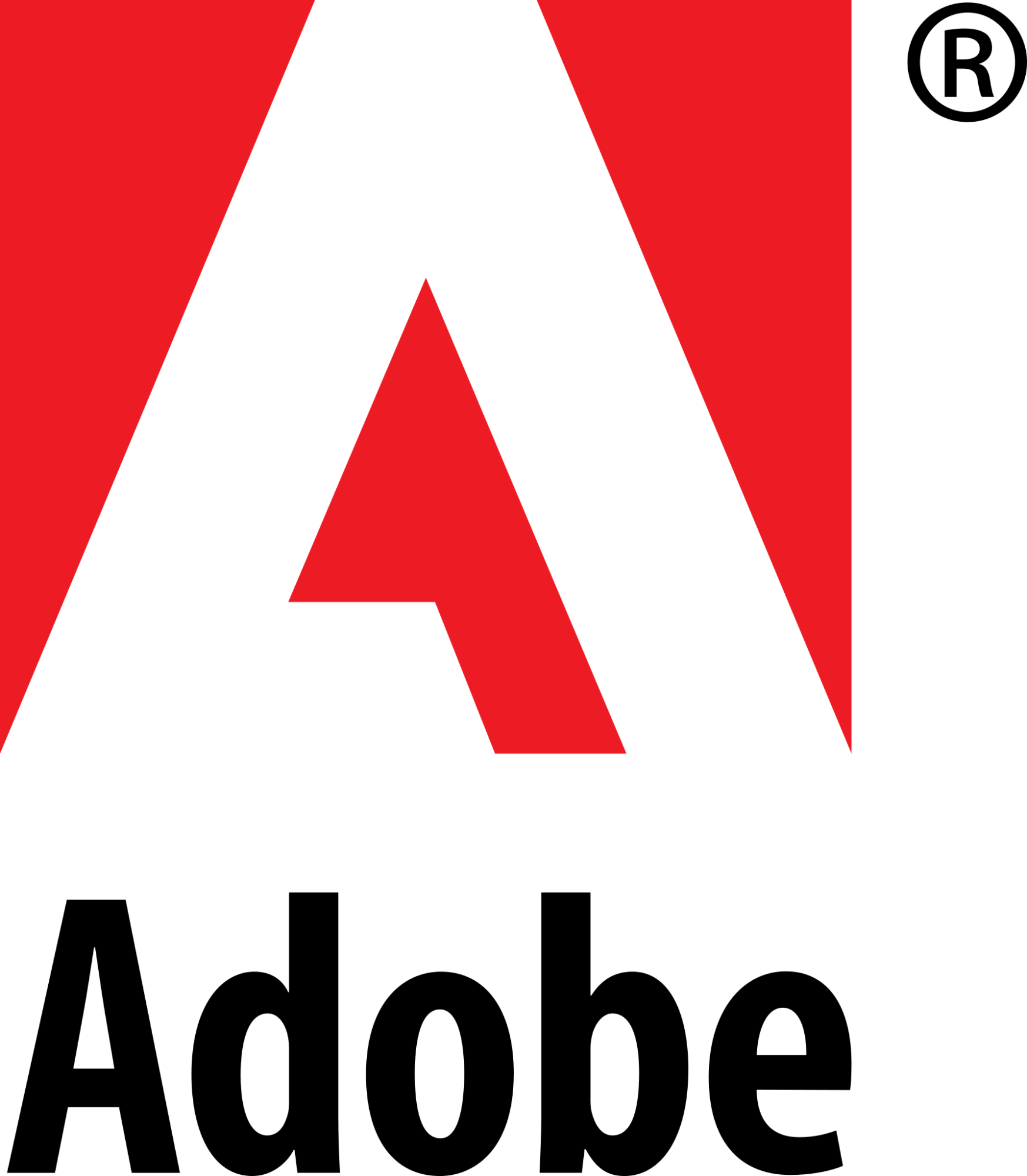
Cash Flow Clarity for Small Business Owners: A Cushing Chamber Resource
Running a small business is equal parts art and arithmetic — and one of the most overlooked pieces of that arithmetic is cash flow.

Running a small business is equal parts art and arithmetic — and one of the most overlooked pieces of that arithmetic is cash flow. Whether you’re a Main Street retailer or a local service provider, consistent cash flow keeps your business stable, creditworthy, and growth-ready.
TL;DR
Keep your money moving wisely: forecast your inflows, control your outflows, secure flexible funding, and lock down your vendor contracts. A predictable cash flow is what separates surviving businesses from thriving ones.
Table: Common Cash Flow Pitfalls & Fixes
How to Keep Cash Flowing

Forecast monthly — Use simple spreadsheets or apps like Zoho Books to anticipate highs and lows.

Diversify income streams — Offer subscriptions or maintenance plans where possible.

Automate billing — Set up recurring payments via Square or Stripe.

Review expenses quarterly — Cut unused software or renegotiate service contracts.

Maintain emergency liquidity — At least 10% of annual revenue in savings or accessible credit.

Stay tax-ready — Schedule estimated payments with IRS Direct Pay.
Contracts: The Unsung Hero of Financial Stability
A strong contract can save your business thousands. Clear agreements with clients and vendors minimize disputes and prevent surprise costs. For example, include clauses about delivery timelines, payment schedules, and penalties for late payments.
Some organizations still require wet signatures — where parties physically sign and imprint their signature. Afterward, you can easily digitize the document for storage — here’s an option to manage those scanned contracts securely.
FAQ: Common Cash Flow Questions
Q1: How often should I review my cash flow?
Monthly, at a minimum. Weekly if you’re in a tight liquidity cycle.
Q2: Should I use a credit card for business expenses?
Yes — but smartly. Use business cards that offer expense tracking like American Express.
Q3: What if I don’t have accounting expertise?
Start simple with FreshBooks or partner with a local CPA. Even small improvements in tracking can boost confidence and lender trust.
Spotlight: Streamlined Business Banking
For Cushing entrepreneurs expanding beyond paper checks, Relay Financial provides multi-account budgeting, team permissions, and bill pay tools all in one dashboard. It’s particularly helpful for separating income sources and maintaining clean financial oversight — essential for clear cash flow forecasting.
Pro Tips
• Encourage recurring revenue (memberships, maintenance contracts).
• Delay major equipment purchases until after Q2 projections.
• Offer small discounts for prepaid annual plans.
• Invest in accounting education — free tutorials via SBA Learning Center.
• Use Google Sheets templates to automate rolling cash flow forecasts.
In Closing
Cash flow is your business’s heartbeat. Keep it visible, predictable, and protected through smart contracts, disciplined reviews, and a few modern tools. The Chamber community thrives on businesses that stay strong, solvent, and ready for their next opportunity.
